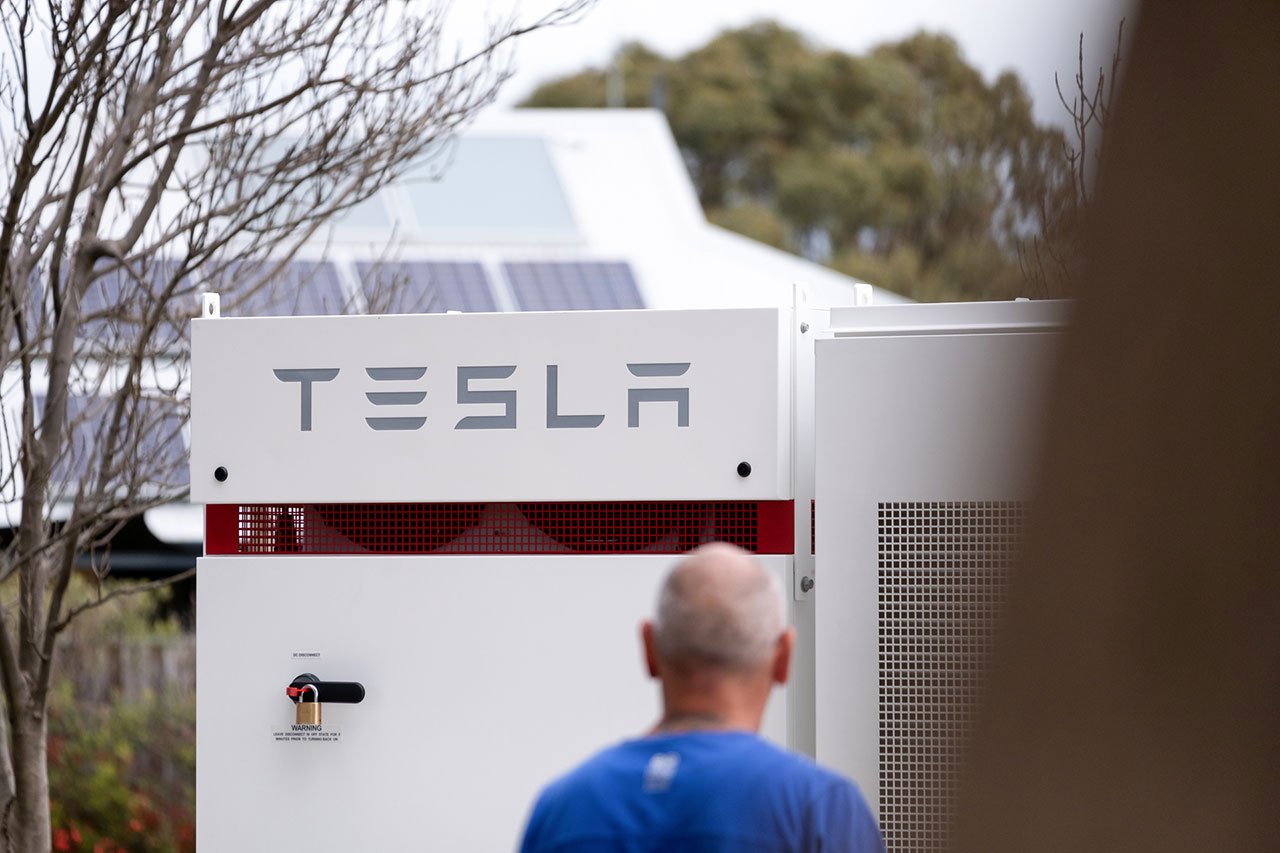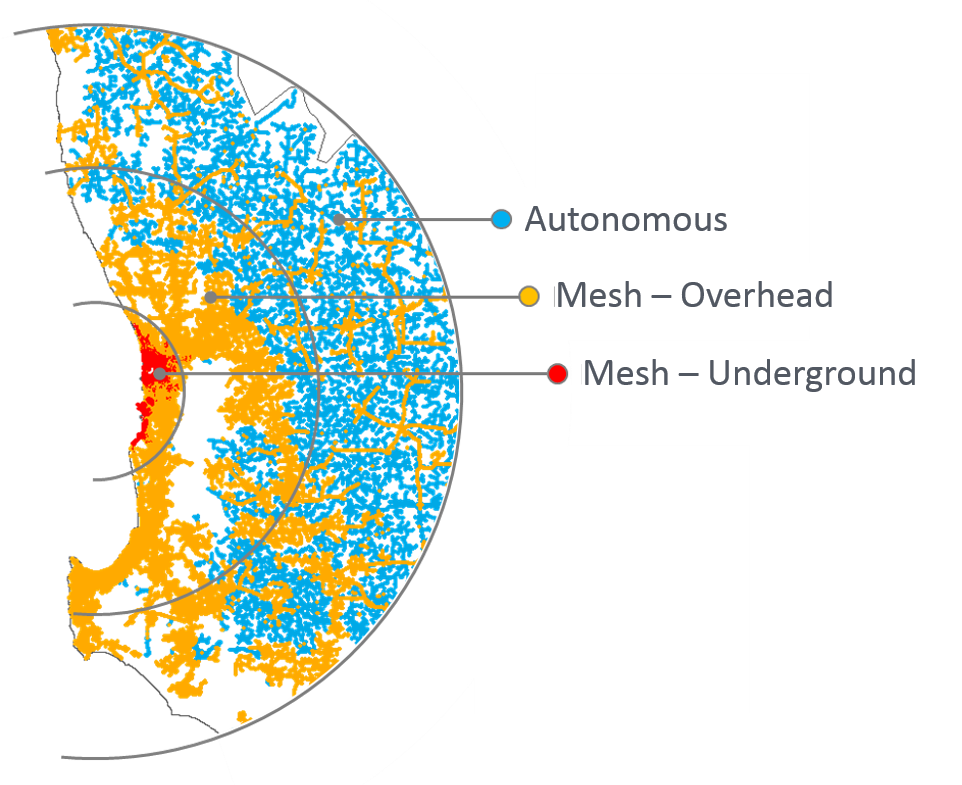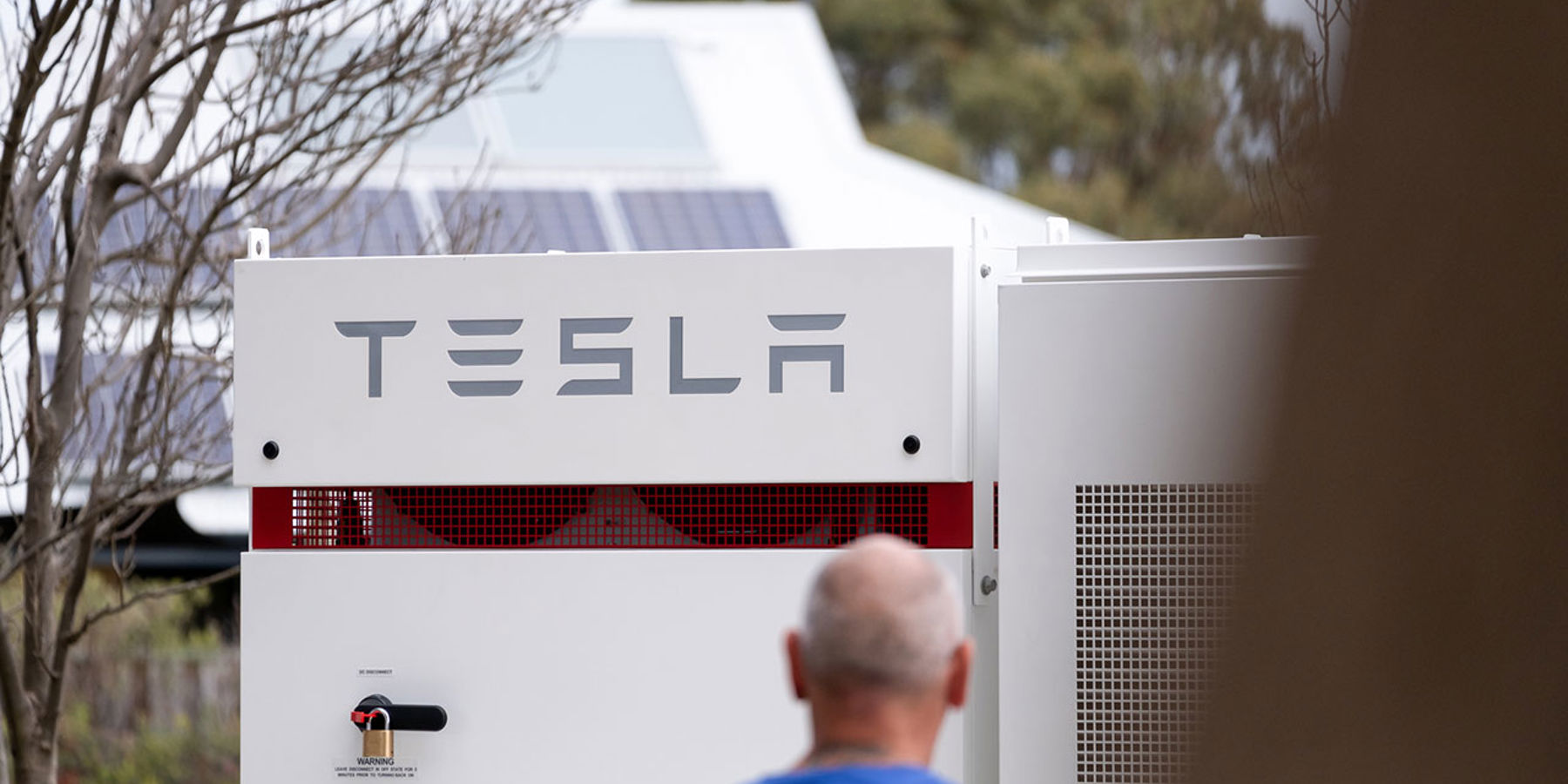
By Peter Kerr
Executive Manager, Growth
Have you ever thought that beer and electricity networks had a lot in common? How about beer and batteries? No? Don’t worry, you’re not alone.
But just as the huge brewing companies and their associated logistics networks are facing challenges from “distributed” or local craft breweries, so too are electricity networks facing competition – and plenty of opportunities – from distributed renewable energy such as rooftop solar.
Don’t get us wrong. We welcome this. More solar on rooftops means less electrons flowing through the traditional network. But it also opens a range of new possibilities and products, which we’re keen to explore with our customers.
Like any industry in transition, it’s about making sure that the whole community (we have around 2.3 million customers) makes the best use of both large-scale and smaller consumer-driven energy sources. To ensure we all win.
One of the keys to linking these two macro and micro trends is storage – like batteries and pumped hydro power – trends we are readily embracing at Western Power. Batteries help households to make best use of their local generation, and they help us to smooth out the swings and fluctuations that come with industrial-scale renewables.
Importantly, batteries to store power generated at a community scale (as well as trials we are undertaking with small-scale hydro power) are on the cusp of becoming commercially viable.

While all of this is happening, our biggest challenge is to make sure our customers realise the value in the network they have already paid for, stay connected to the grid and therefore make it sustainable for the whole community in the long run.
Just as we will need more renewables and eventually more electric vehicles, we will need the grid. Poles and wires connect our community. They provide power to our hospitals, schools, street lights and essential infrastructure for our society.
While individual reasons are sound for defecting, or perhaps people think we can’t help them with their preferred power options, every time one of our customers defects, we lose a contributing member of the community helping with the upkeep of those poles and wires. The broader challenge to keep the network working for everyone is growing.
This was brought home to us sharply last year, when a brand-new school up near WA’s famous – and now closed – zany fun park Atlantis got in contact to connect up with the grid. After getting the quote, they instead choose to spend the money on solar and batteries. That in itself is not a bad thing, but in doing so we lost a contributor to keeping the grid functioning.
We need to change the perception that going off grid is actually the right thing to do. We can do that by having that conversation, and also by offering products and services that let our customers source, store, use and manage their power the way they want to. On the grid. And by keeping grid power affordable, safe and reliable.
A tale of two networks
So, over the past couple of years, we’ve been trialling a bunch of different solutions and products. It’s exciting stuff, and it’s showed us that the future of our grid will really be a tale of two networks.

The most highly populated parts of WA will be powered by what we call the mesh network. Why mesh? Because although it’s still reliant on poles and wires, it will also mesh together with other power solutions.
The mesh network encourages solar panels on roofs, so homes can power themselves but tap into the grid when they need it.
Advanced meters in homes will help customers better understand power needs and outputs, and one day, allow them to sell and trade their own power.
We’re also trialling community batteries that will provide all the benefits of storing excess solar power without the cost and hassle of installing one in your home. Working a little like buying storage space on the internet, it will make having a battery solution cheaper for the average resident. Importantly, those community batteries will still use the grid.
The other part of our network, reaching out across the many, many big WA kilometres, will be more autonomous. Using stand-alone power systems and microgrids, we will assist customers at the end of lines with costly poles and wires to create their own power, often renewably. This is a win for them – and for us. Their reliance on the grid is reduced, which means they have less outages, and we have less costly upgrades of infrastructure that only services a very small number of people.
So the future of our network is not about providing one solution to fit all. It’s modular, innovative and flexible.
The power framework we are installing over the next 10 years will make it easy for people to power up their lives how they want to, improve long-term cost efficiencies and keep WA homes and the services like schools, shops and hospitals, connected to the all-important grid.
It means creating better power outcomes, for our environment, for reliability and safety and for our community.
We’ll drink to that.
Peter Kerr brings to his role more than 25-years of high-level policy and consulting advice including for the Reserve Bank of Australia, the International Monetary Fund and the Public Utilities Office. As Head of Growth he has executive accountability for the Strategy, Business Development and Stakeholders & Communication functions.
